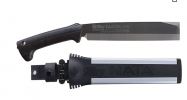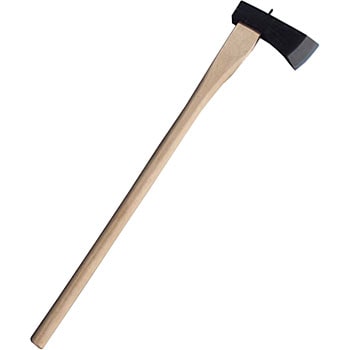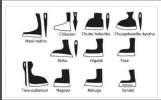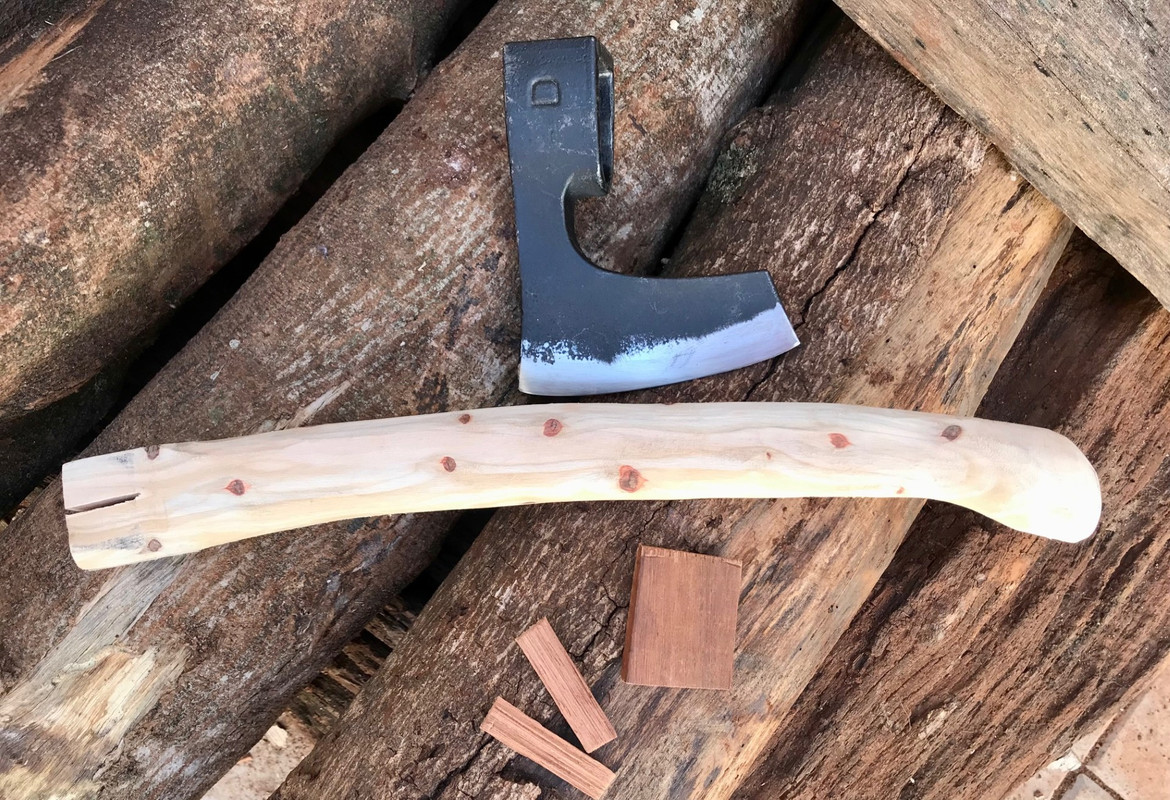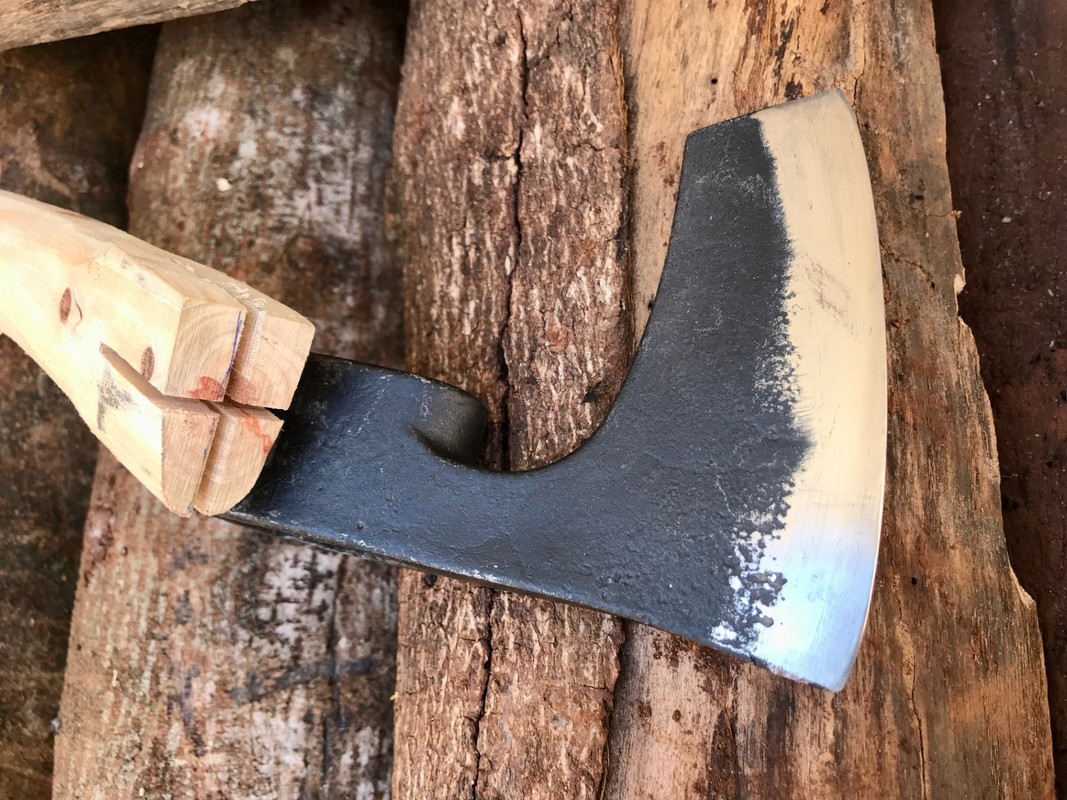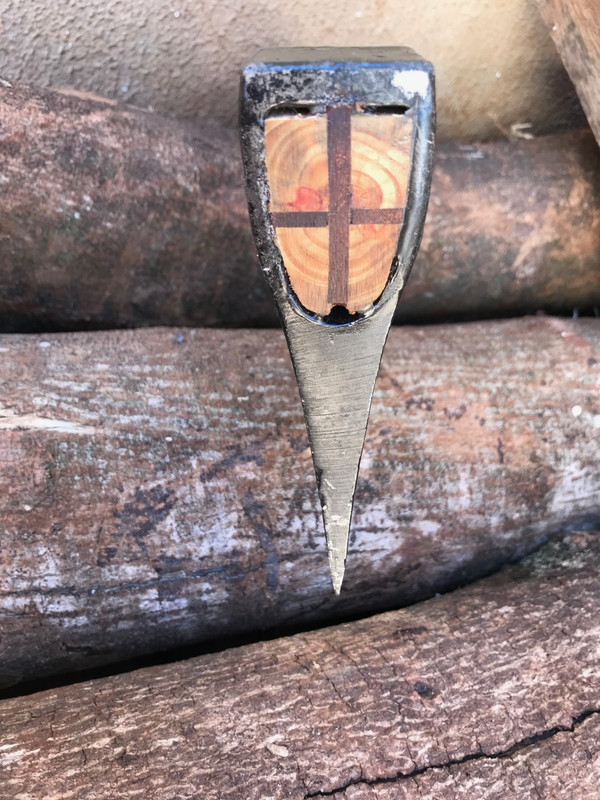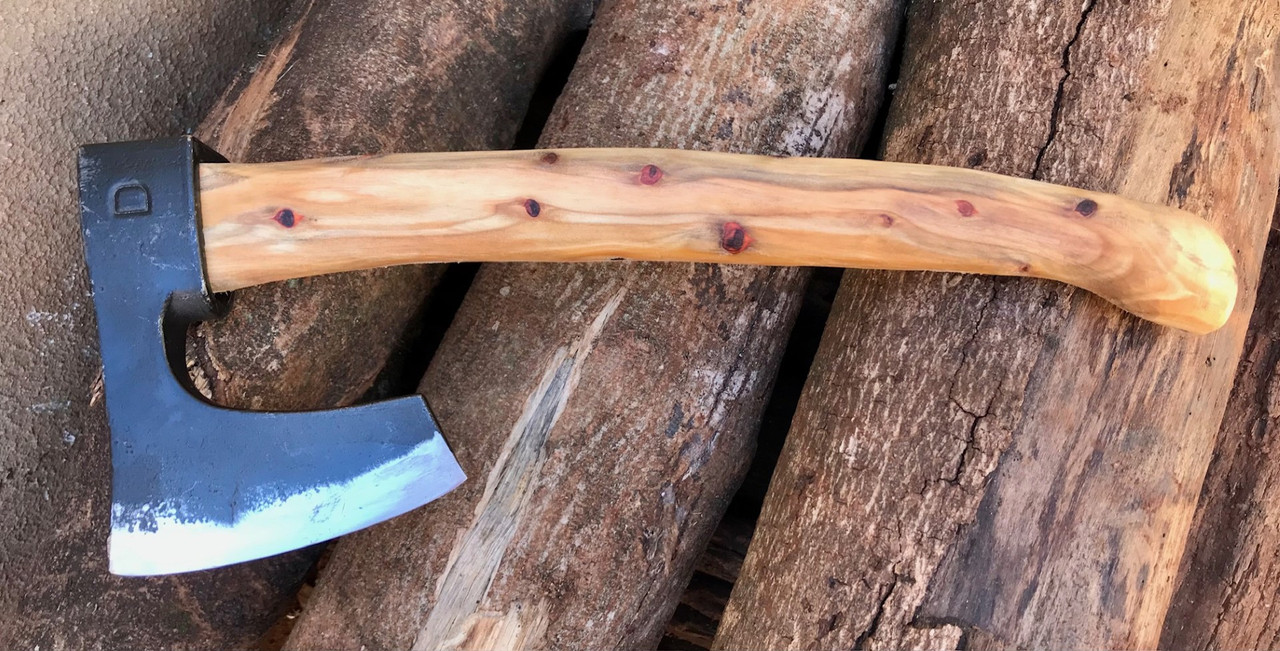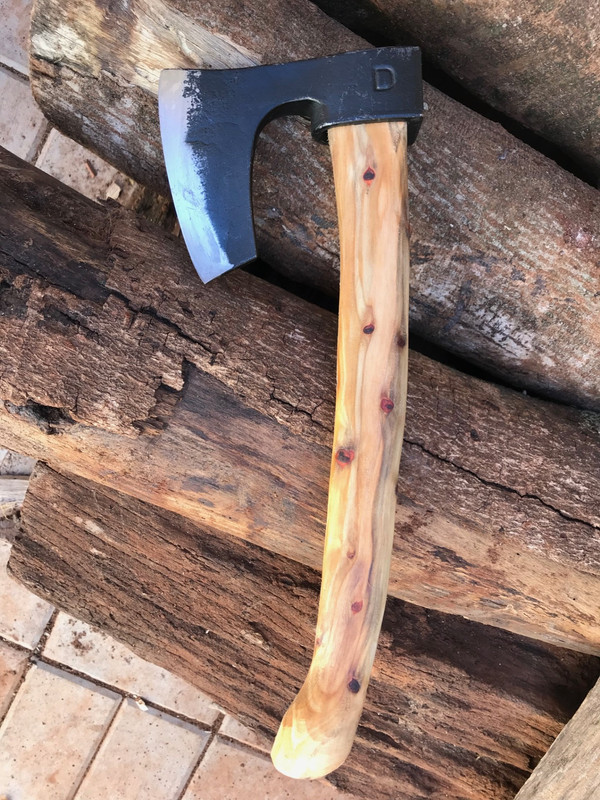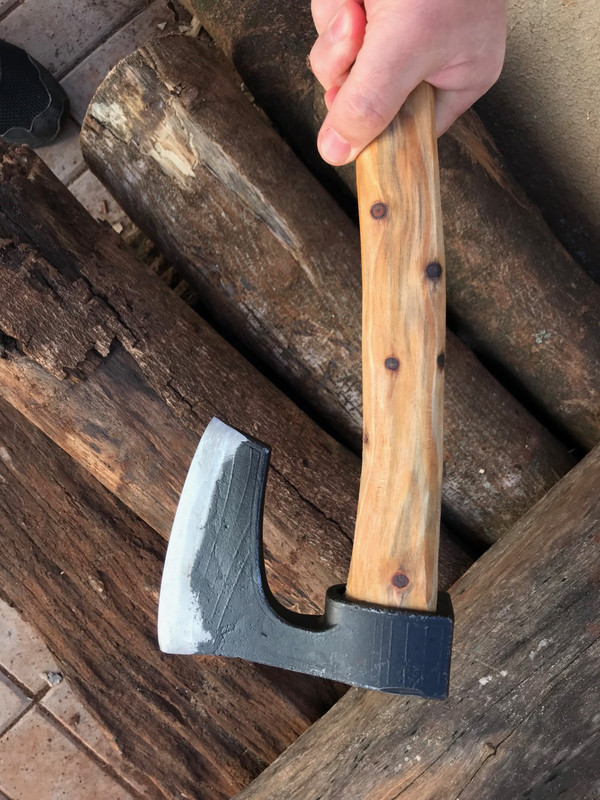An interesting detail of the Silky Nata is the scales. They are removable and you can get replacement blades if needed. From my point of view the removable scales means you can easily take it apart for cleaning. This Nata would be a great tool or breaking down a deer or Elk (Wapiti) carcass for transport. Your knifes get really soaked doing it. Being able to take this Nata appart would make for easy cleaning and sanitization, the Sheath is heavy duty plastic and would be equally cleanable.
You can take this argument up with the Japanese sites that sell them. They describe the Japanese Nata, as either a hatchet or a axe.
Here is an example from
Daitool
As Japan is mostly covered with forest, axes are a vital tool in Japan’s forestry and agricultural industries. The traditional Japanese axe is called a nata, and it’s similar in design to machetes sold in the west, with a few key differences. Japanese nata axes are traditional Japanese tools designed to clear forests, cut down and strip trees, and chop wood. They have a long, single-sided blade and a straight handle. In the hashi-tsuki style of Japanese axe, the blade has a hook at the end, making it ideal for stripping branches, twigs and bark off of wood, and protecting the blade from damage when it hits the ground. Japanese axes often have replaceable blades, making them simple to keep as a lifelong tool. A Japanese axe is a must-have for anyone looking for a top-quality, versatile and multi-functional cutting and chopping tool.
